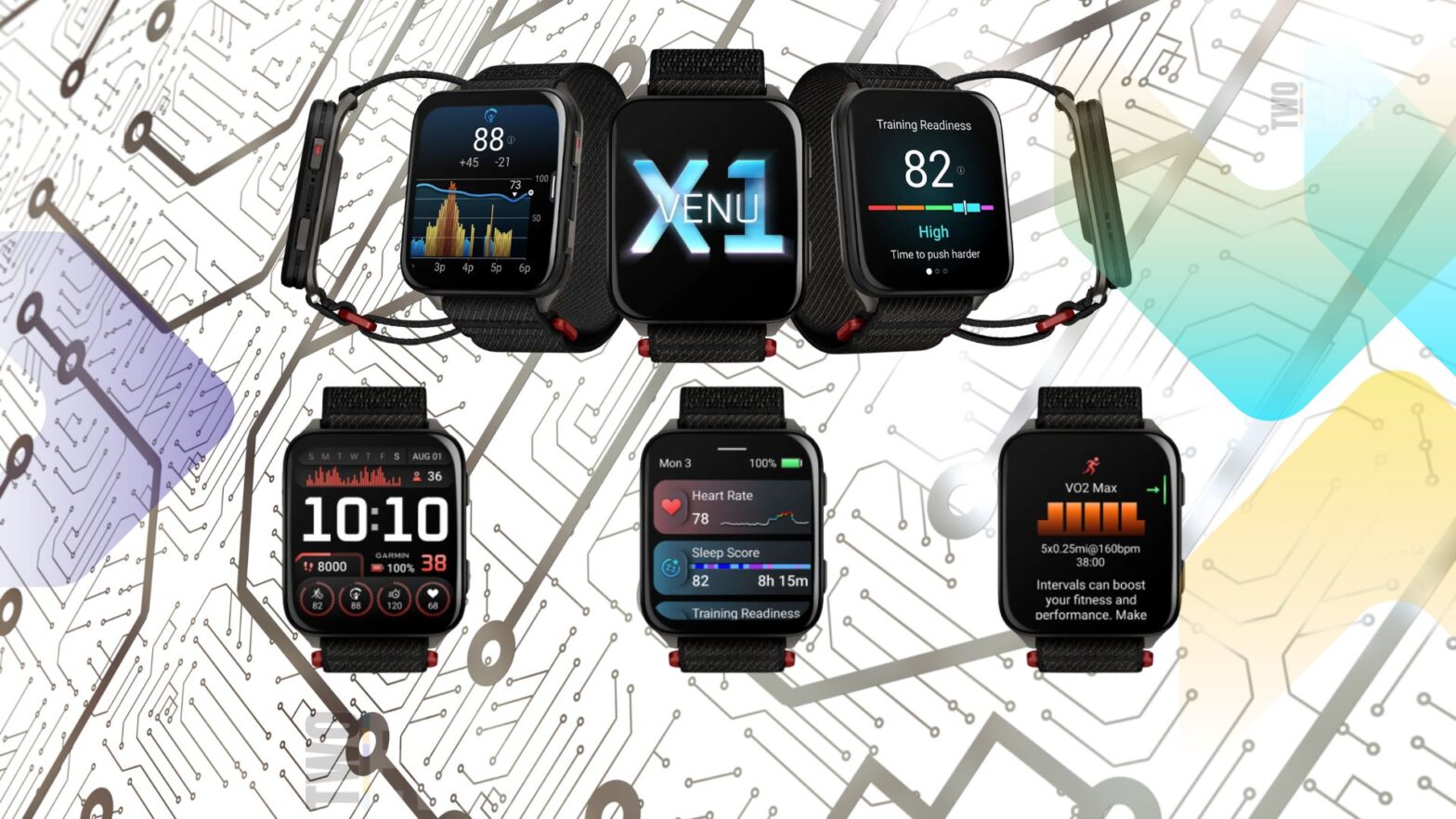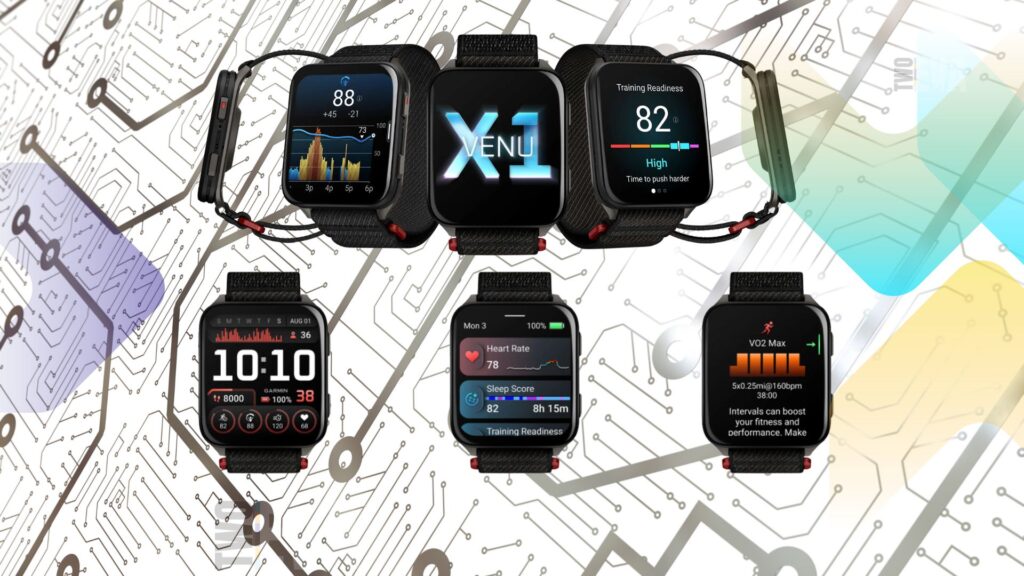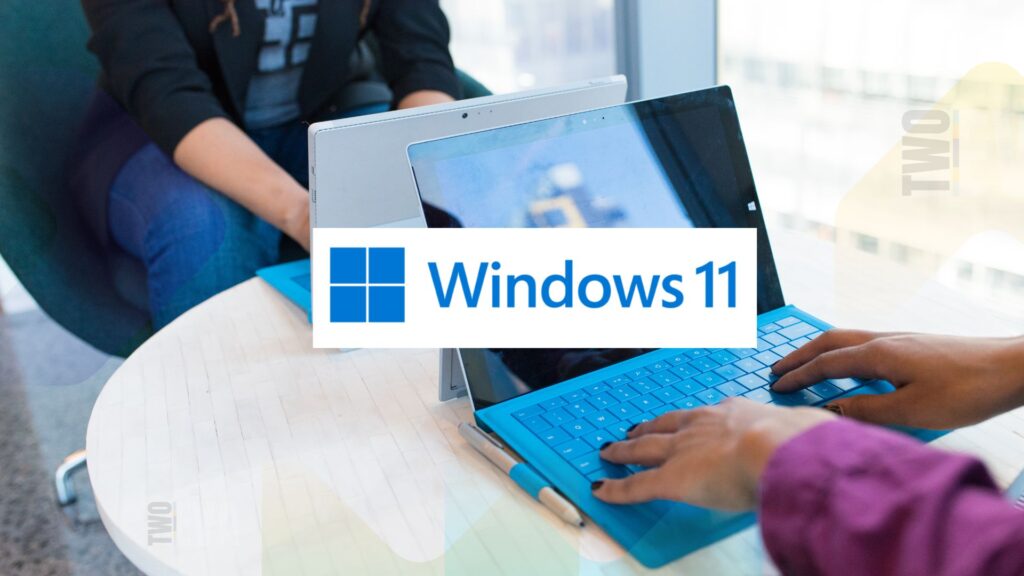Garmin smartwatch users now have a long-awaited reason to celebrate: Google Maps integration has arrived on select devices. Announced in July 2025, the free app brings turn-by-turn navigation to Garmin’s Venu, Forerunner, Vivoactive, and Fenix models—years after the company pioneered its own proprietary mapping solutions. The move fulfills a persistent user demand, blending Garmin’s fitness expertise with the familiarity of Google’s navigation platform.
How It Works
The integration, available via Garmin’s Connect IQ Store, requires an Android smartphone to initiate navigation. Once a route is set on Google Maps, the watch delivers gentle vibrations and on-screen prompts for each turn. Users can preview the next three turns ahead, minimizing the need to check their phones mid-activity. Notably, fitness tracking continues uninterrupted—metrics like heart rate, distance, and route mapping are logged simultaneously.
Why does this matter? For years, Garmin’s devices dominated fitness and outdoor navigation with robust on-board mapping. Yet competitors like Apple Watch and Wear OS devices had already embraced Google Maps, leaving Garmin users feeling overlooked. “This is a game changer,” said Susan Lyman, Garmin’s VP of Consumer Sales and Marketing. “Whether exploring a city or planning a workout, users get hands-free guidance without fumbling for their phones.”
Key Details:
- Compatibility: Limited to Android phones; iOS support isn’t yet available.
- Functionality: Navigation is phone-dependent—unlike Wear OS, which offers offline maps.
- Fitness Synergy: Data syncs with Android health apps via Health Connect.
Competitive Context
Garmin’s delay in adopting Google Maps highlights a broader industry shift. While its proprietary systems excelled in accuracy for runners and hikers, everyday users craved Google’s real-time traffic updates and global coverage. Early analysis suggests the integration narrows the gap with rivals, though it lacks the depth of native Wear OS implementation.
For now, Garmin loyalists gain convenience without sacrificing the brand’s core strengths. As one tech reviewer noted, “It’s overdue, but it’s here—and that’s what counts.”













